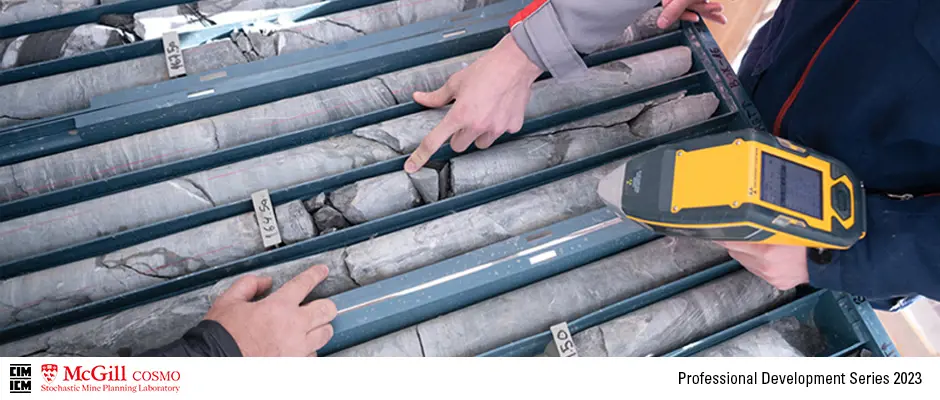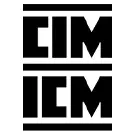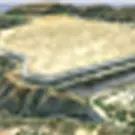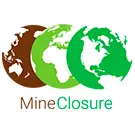Implementing a Stability Monitoring System at a Legacy Mine Site
October 02 - 05, 2023
The benefits of the selected monitoring system and each system component are addressed in this paper, including the challenges resulting from the geographical location, rock mass conditions, and maintenance due to the remoteness of the site.
Learn More
Review of Historical and New Monitoring Data for Geotechnical Subsidence Assessment at San Manuel and Kalamazoo Block Cave Mines
October 02 - 05, 2023
Case study evaluation of the subsidence features and their possible long-term behaviour using historical and new monitoring data at the San Manuel and Kalamazoo historical mine operations in Arizona, United States.
Learn More
PFAS – Emerging Constituents of Concern for Mine Closure Studies
October 02 - 05, 2023
A screening-level investigation was conducted at six inactive mining sites in North America to detect per- and polyfluoroalkyl substances (PFAS). It identifies nine PFAS compounds at five sites and compares the results with reference guidelines. The findings inform mine closure planning and potential future PFAS regulation. Additionally, it highlights the widespread use and health risks of PFAS in various industries, including mining.
Learn More
Novel Approaches of Geotechnical Investigation for Mine Closure Projects in Canada
October 02 - 05, 2023
Innovative data acquisition and monitoring methods are analyzed in mine closure, emphasizing their benefits and challenges. It also discusses various technologies, such as photogrammetry, slope inclinometers, and Light Detection and Ranging, with examples of their applications in mine closure projects.
Learn More
Repurposing Autodesk Civil 3D Grading Tools for Natural Landform Closure Design
October 02 - 05, 2023
This presentation digs into various aspects of mine closure projects, specifically focusing on designing landforms that replicate natural topography and address erosion challenges, utilizing techniques like convex-concave slopes and Autodesk Civil 3D, and highlighting the innovative approach to long-term mine closure design.
Learn More
Closure Cost Estimate — an Approach to Estimate Productivities of Main Closure Activities
Tuesday, October 03, 2023, 01:30 PM - 02:00 PM GMT-7
For this presentation, we use real data from a local experience for haul road closures. We propose an alternative method to estimate closure costs for an earthmoving group that contemplates a base work crew and base construction equipment to calculate key productivity, which in turn conditions the productivity of related activities in the work schedule and construction process.
Learn More
Comparison of Post-Closure Regulatory Frameworks in Australia and South American Countries
Tuesday, October 03, 2023, 04:30 PM - 05:00 PM GMT-7
The objective of this presentation is to compare closure regulations of different jurisdictions that host medium and large-scale mining. The purpose of this comparison is to identify the similarities and differences with respect to post-closure monitoring and maintenance activities required by closure legislation, and to analyse the relative maturity level of post-closure practices at these jurisdictions.
Learn More




